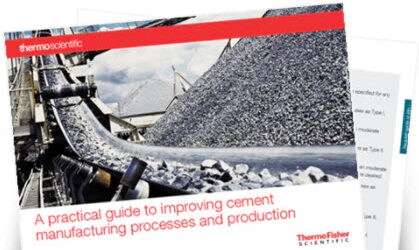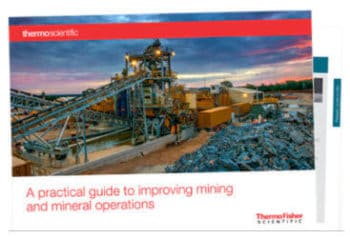 After reading this headline are you starting to hum the 1967 Lee Dorsey song Working in the Coal Mine?
After reading this headline are you starting to hum the 1967 Lee Dorsey song Working in the Coal Mine?
While many posts in a travel blog talk about the exotic places we occasionally have the chance to experience, during my last business trip I got to visit a place that cannot be seen from any hotel balcony… the inside of a coal mine. What is it like to work in a coal mine? To gain a better understanding of the working conditions of coal miners and how personal dust monitors help make their world healthier and cleaner, some colleagues and I visited two coal mines in western Pennsylvania. This post will talk about the first mine near Youngstown; the next post will cover my visit to a mine close to Waynesburg.
Our first stop was to meet up with the safety director at the first mine. We suited up, including the wearing of personal dust monitors, and began the two-mile long drive on the mantrip (a vehicle used to transport the miners and equipment into the mine) to the active face of the mine 200 feet below the surface. Due to the height of the mine, one has to ride virtually lying down in the mantrip with the ceiling about 8 inches above your nose. This particular mine extracts coal by using a continuous miner, which is also known as room and pillar mining.
The equipment cuts a series of paths, or “rooms”, leaving sections of uncut coal approximately 20 feet square to support the overhead structure (also known as “pillars”). This massive piece of equipment is 105 feet long when in the closed position and stretches to 220 feet long when mining. The front of the equipment has a series of tungsten steel augur bits about 10 feet wide that dig into the coal and rock creating a “tunnel” approximately 10 feet wide and anywhere from 31″ to 54″ tall depending on the height of the coal seam (the seam we were in averaged about 44″ high).
As the coal is broken free, it is transported backwards at a rate of 10-15 tons per minute through a series of carts that move the coal to a detached shuttle cart.
The shuttle cart collects a large load of coal and transports it to the conveyer belt that transports the coal 2 miles to the surface. After the continuous miner completes a “room” approximately 20-30 feet long and 20-30 feet wide, a second piece of equipment is used to secure the roof. It drills a small hole four feet deep and the “roof bolter” slides a tube of glue into the hole. A four foot long piece of steel rebar is bent to fit into the hole along with the glue and is spun at high speed to spread the glue and secure the roof from a potential collapse. A 6″ by 6″ plate is secured to the end of the re-bar. These ceiling supports are placed every four feet in the mine.
Let me repeat… the average height of the mine is 44″ high.
This means you either crawl or duck-walk from point to point (usually the former). Combine this with airborne dust concentrations approaching 7-8 mg/m3 at the working face and mix in the natural mineral water seeping through the roof, and you find yourself literally crawling through a mud bath. (In the back of my mind I had to keep thinking about those high- end spas that charge a premium for this treatment.)
We spent about 4 hours in the mine, including about 90 minutes “commuting” on the mantrip. This commute included a flat tire, two events of being stuck in mud and deep puddles, and a dead battery as were emerged from the mine… It makes my usual commute to work seem like a breeze. The 7-8 miners we encountered were extremely cooperative and willing to explain their daily activities and openly share some of the challenges.
We certainly received an education on what these folks go through in their daily assignments and an appreciation for the technology that goes into developing a personal dust monitor. When we emerged from our commute, coal dust covered our faces, was ground into our fingernails and coated our hair.
These miners are in this environment every day and these monitors protect their health by helping to ensure that the shift-average respiratory exposure does not exceed regulatory limits. Providing mine workers and management with the tools to personally monitor and reduce their coal dust exposure is the first line of defense in preventing their health from going down, down, down, Whoop!
Next article … Part 2: In a longwall mining operation.
Editor’s Note: Have you explored our Cement, Coal & Minerals Learning Center? It’s filled with white papers, application notes, webinars, videos, and other resources about mining, from exploration through processing.






I cannot image the awful atmosphere dangerous situations that these Brave men – yes, BRAVE men and women – go thru to keep the coal mining business going. Certainly would never be my desire or cup of tea. One has to thank and appreciate their dedication. Hats off!!